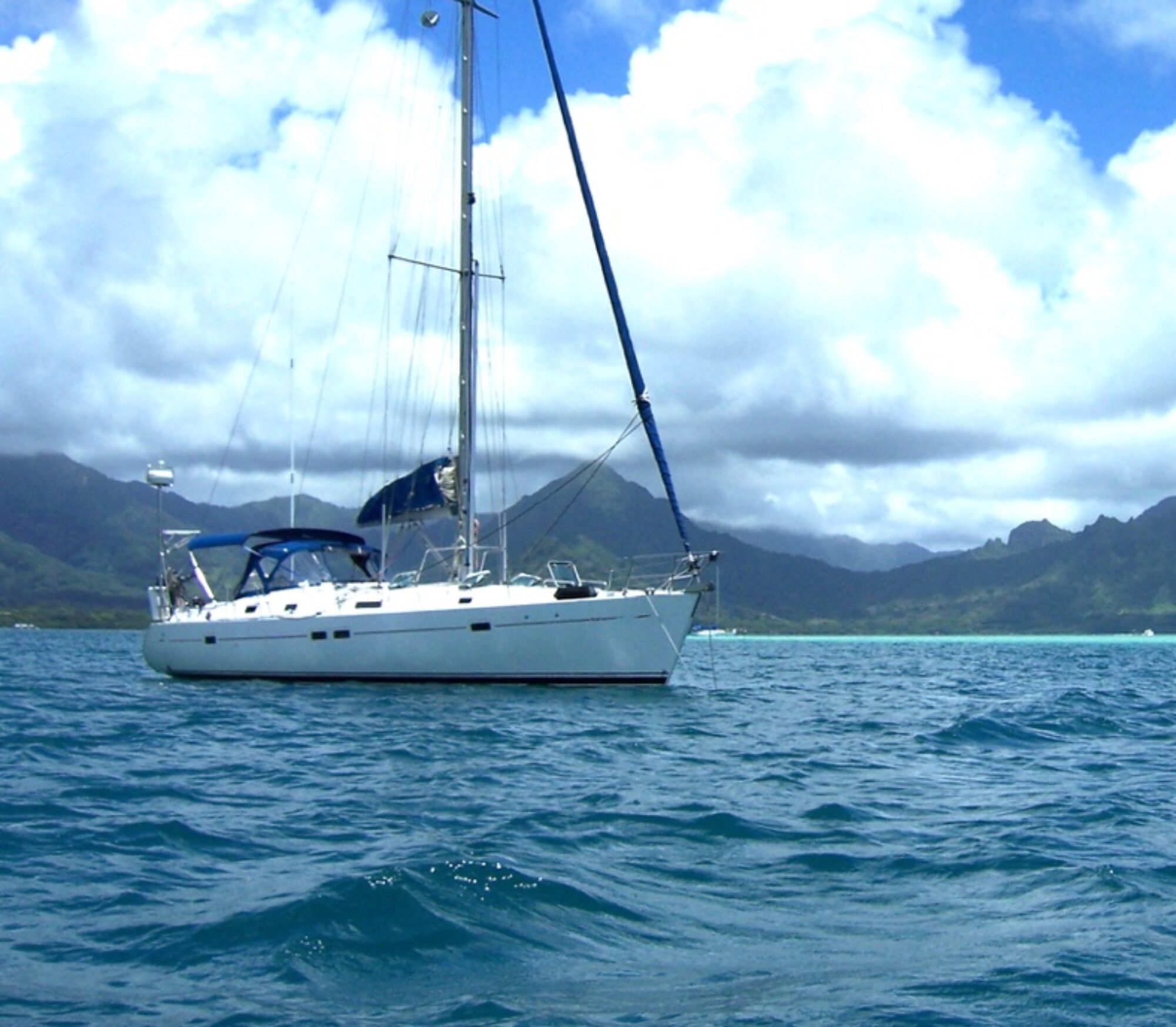• The humpback whale is one of Hawaii’s most iconic creatures (it was once the state mammal) and can be found in the waters of all the main islands during winter season. They come to Hawaiian to give birth. That calf stays with mum for the next 12 months.
• The humpback whale is the fifth largest of the great whales.
• When preparing for a deep dive, humpbacks arch their back and raise their tail flukes above the water. The whale’s arched back appears above the water as it dives. It is this arching that has earned the humpback whale its common name.
• A humpback’s pectoral (side) fins can be up to 15 feet long, and are one third its body length.
• Adult female humpbacks can be up to 45 feet long. Males are generally 42 feet long.
• A mature humpback can weigh up to 45 tons (90,000 lbs).
• Baby humpbacks (calves) are generally 10 to 15 feet long and average 2,000 pounds at birth. They gain 100 pounds a day on their mothers rich milk.
• Humpbacks swim tremendous distances during their migrations: up to 7,000 miles round-trip between their summer feeding areas of the North Pacific and their winter breeding grounds in Hawaii.
• Humpback whales can live up to 95 years, eat anywhere from 2,000 to 9,000 pounds of fish and krill each day. Have you ever seen the bumper sticker: “SAVE THE KRILL” :-).
• While in Hawaiian waters humpbacks do not eat! Can you imagine spending that much time and energy without so much as a snack?
• Most humpbacks remain in Hawaii for 6-8 weeks, with some extending their “vacation” to late May or early June.
• It’s not uncommon for curious humpback whales to come up alongside the boat, or even swim beneath it. Captains nicknamed these events “whale muggings” because legally they cannot move the boat until the whale has departed!
• Male Humpbacks have been witnessed using glancing rostrum blows, lateral fluke swipes, bubble streaming, head lunging, and various vocalizations during mating challenges. These competitions can range in size from three whales to two dozen and are an amazing sight to witness.
The Hawaiian Islands Humpback Whale National Marine Sanctuary supports management, research, education and long-term monitoring for the endangered humpback whale. Check out their website for more facts and ways you can contribute to whale welfare.
http://hawaiihumpbackwhale.noaa.gov/
Have you ever wondered why do whales breach?
Sign up for your whale watch today!
contact us for rates and schedules
